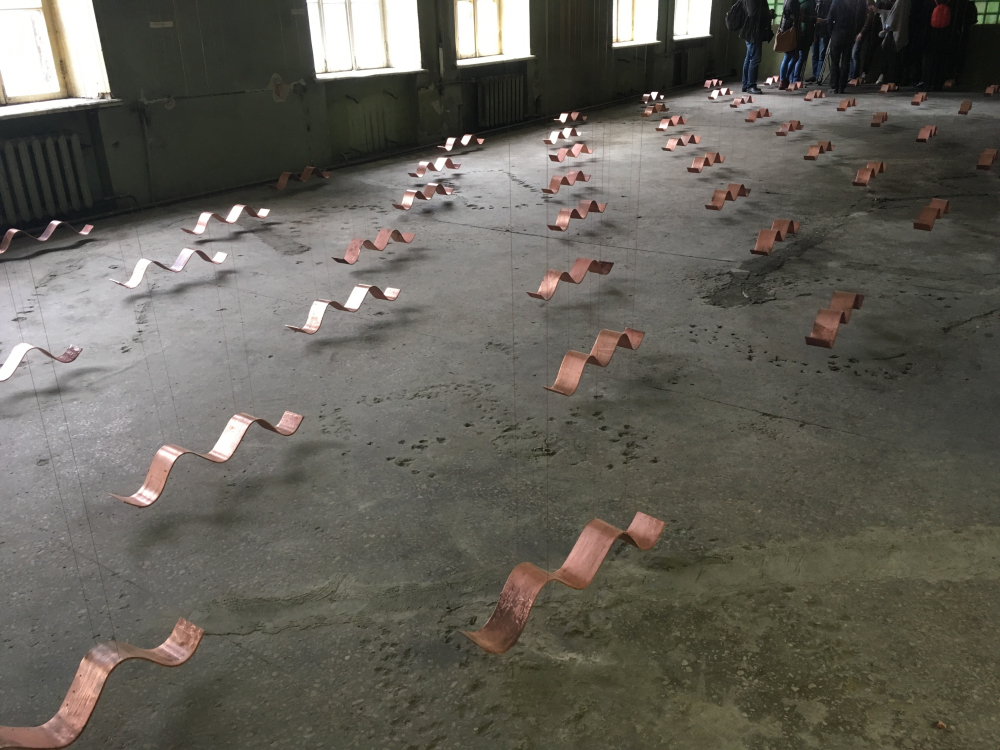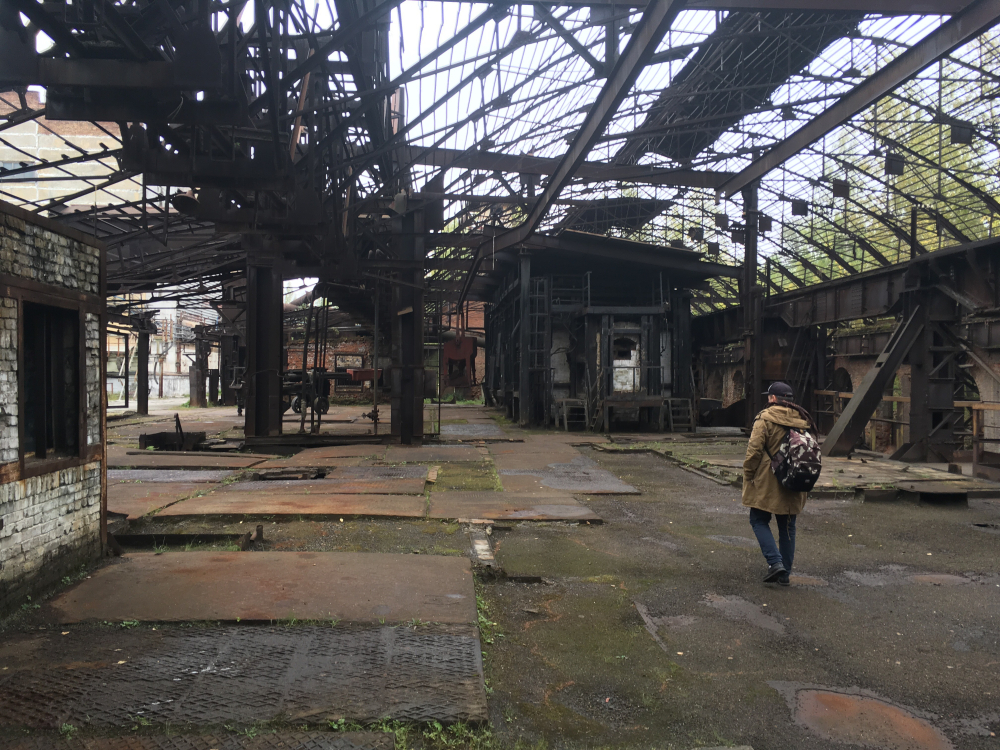Yekaterinburg — «If you want to produce something at Ural, remember – once it will appear to be a tank». That’s how plant working highlanders of Soviet times joked about the ways industrial production was organised here, in the region on the border between Europe and Asia.
For nearly three centuries Ural has been an important area of fabrication which served the state’s military needs with it’s swords and canons, tanks and rockets. Each town of 50 000 inhabitants here is built around a plant, an iron cast factory or a mine. During 1990s – time of freedom – while the support from the state was poor it has almost drown in the great post-soviet (and also post-industrial) depression but since the last 15 years it is back to work.
People here are very direct and practical – they talk fast, clear and even loud but never waist a word.
That is why when Portuguese Joan Ribas was promoted to curatorial position for the main project of the 4th Industrial Biennale and declared it’s theme as «New Literacy» – quite poetic and abstract – everyone was a bit surprised. Yet when the main project of Biennale opened at the Radio-Plant in the centre of Yekaterinburg it appeared to be quite amazing. Poetically arranged, sophisticated patchwork of ideas – sort of 3-floor dream-catcher – where Ribas invited us for excursion, was constructed to see through the signs of the beginning of the new industrial revolution – the 4th one. A hundred years after 1917 it is all about about block-chain, big data and robots.
But here at the show no bio-tech art or big-data visualisations appeared. The exhibition appeared to be an alphabet to study how to read and write in the new world, which appears before our eyes. With old works by Harun Faroki – grenade lancer exercise with VR modul, videos by Thomas Hirschhorn from 1990s, a boat left to die by Forensic Architecture (2014) completed with new works of Russian contemporary artists with Olga Kroiter who projected disappearing images on the old slides, a local activists’ group from Lower Tagil called ZheKaPe who presented their «Work» with huge sculptural letters of this word made from trash and ZIP group from Krasnodar who performed ‹Movements of Protest› – an hour fitness training for urban guerrillas with a professional fitness trainer inspired with feminist ideas. But this is a very thin tissue, sometimes too transparent to create the king's dress.
Material part was added to Biennale by the curators from Ural. Jenya Chaika conducted the descent of international artists to Urals small towns where they build their objects and created site-specific installations – it’s called Biennale permanent residency program. She is also guiding tourists participating in Biennale special routes to see the spectacular corners of industrial areas that are not regularly open for general public.
A large amount of discussions was made with the participants to fix their sensual and intellectual experience in special printed cards which accompany the final show at radio plant.
Here you can see round sculptures by Swiss artist Florian Graf made from fire-resistant clay. And also «the Heaviest Wave» sound installation by Rudy Deceliere – copper strings which support brazen copper waves around a big hall which make sound while the spectators touch it occasionally. Salt from 400 meter mine, graphite, porcelain and semi-precious stones can be found here as the sources for work and inspiration for other artists from Russia, Finland, France and other lands.
Vladimir Seleznev came to Ekaterinburg from Nizhny Tagil – a town, surrounded by 4 plants and 3 prisons, motherland of the famous T-34 tank. He works here at Ekaterinburg for 8 years as curator. For Biennale he came back to Tagil to make a show engaging Russian artists from different parts of the country – Andrey Syalev from Kaluga, Lera Lerner and Gleb Ershchov from Saint-Petersburg. They were united in a project called Mirostroenie (World-Building) which takes part both in the museum and in inside an old metallurgy plant which makes part of the local history museum also now. Here the fictional Workshop for Psychological Discharge is situated – a fine example of not industrial reuse of the plant, which becomes a Buddhist garden of stones for relax with gold fishes watching documentaries about steel manufacturing.
The cherry on the Biennale industrial cake appeared to be the performance «Undestructing control» by Mexican artist Hector Zamora who asked the railway workers to play his tunes with their special hammers on two pairs of locomotive wheels brought to Biennale area with a 50-ton crane. While travelling with transatlantic plane Zamora has broken his leg and received a new titanium knee. He conducted the show in Ekaterinburg from his bed in Lisbon virtually – that was how new literacy worked already here at Biennale.



